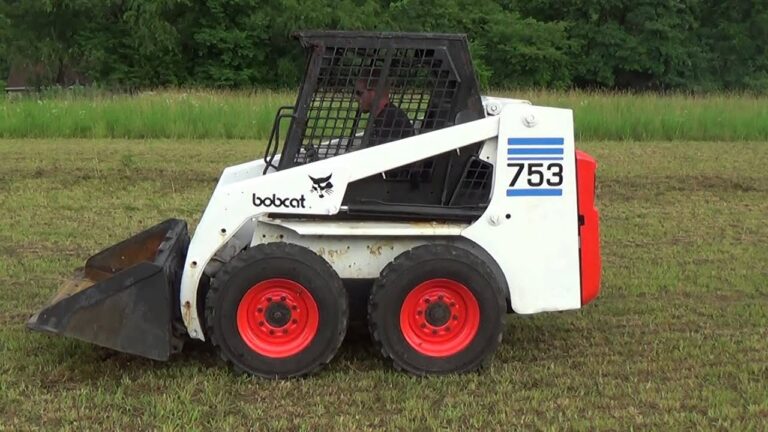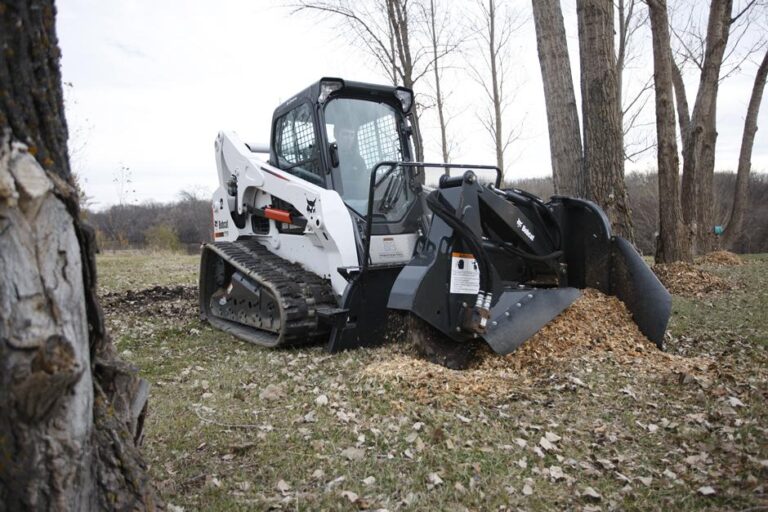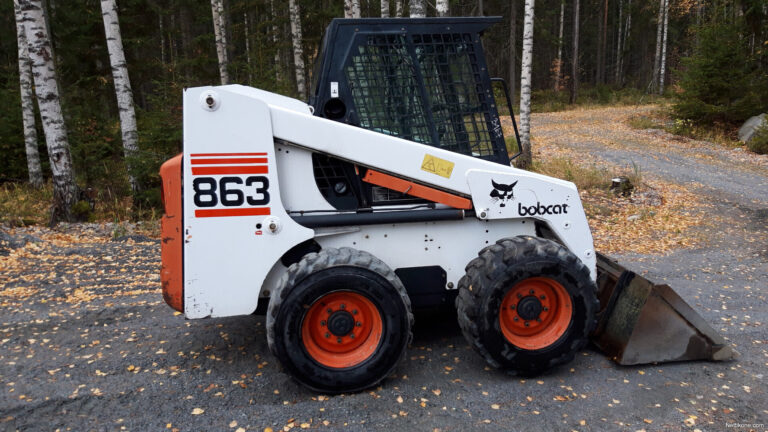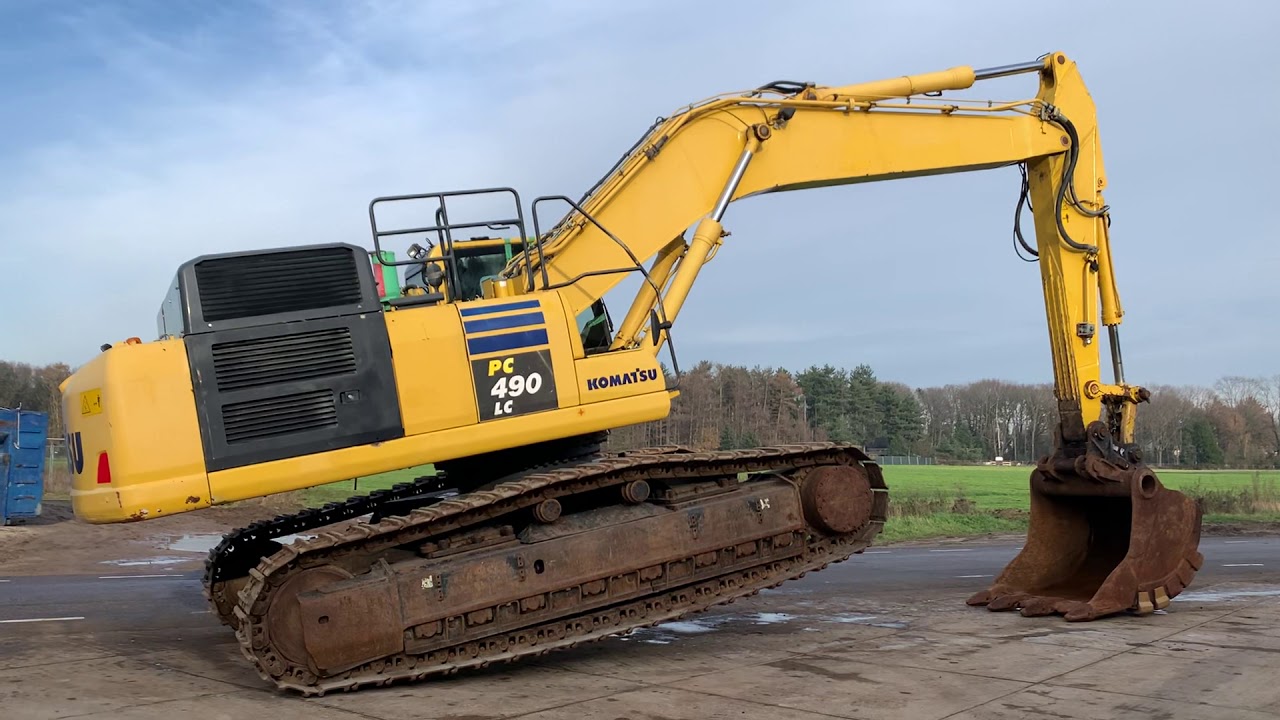
Qual o tamanho de uma escavadeira que eu preciso para cavar uma lagoa?
This is a question that gets asked a lot, and for good reason. Having the right size excavator for the job at hand will save you time and money, as well as making it easier to get the job done. However, there are a number of factors to consider, so let’s take a look at how you can answer this question for yourself.
First things first: what is an excavator? It’s a type of heavy machinery used on building sites, quarries and other industrial settings to dig holes, trenches and foundations. They’re also commonly used in landscaping projects such as swimming pools or ponds.
The size of an excavator can vary considerably. An industrial-sized machine might weigh 40 – 60 tons with a bucket capacity of 15 – 20 cubic yards. This would be too big for most people’s needs! So how do you know what size excavator you need?
If you want to dig out a pond or other body of water, then you should use an excavator that has a bucket capacity of at least two cubic yards (about 6 feet wide by 6 feet long by 1 foot deep). This should be large enough to handle any job without needing additional equipment like backhoes etc..
How long does it take to dig a 1 acre pond?
A 1-acre pond is a great way to add some natural beauty to your backyard. It’s also an excellent recreational area for family members, friends and neighbors who enjoy swimming and boating. Many homeowners have their pre-formed plastic liners installed by professionals, but you can do the work yourself–provided the ground is flat and sandy–with a backhoe, shovel and wheelbarrow. After digging out the soil and lining the perimeter with gravel, you’ll need to fill the pond with water for several days before adding fish and other aquatic life.
Measure one acre of land in square feet to determine how much space you’re working with. One acre is 43,560 square feet (4,046.86 square meters).
Plot the boundaries of your pond using spray paint or stakes and string. The edges don’t have to be perfect circles or squares; it’s more important that they be visually appealing and safe for everyone who will use them.
Determine how deep you need to dig your pond. A depth of 3 feet (0.9 meters) is suggested in areas where temperatures tend to remain above freezing during winter months; many ponds are as deep as 10 feet (3 meters).
What equipment is best for digging a pond?
When it comes to digging a pond, you have a few options in terms of equipment. The first is to go at it yourself with a spade, but that’s really only an option if your pond is going to be extremely small. Even then, you might want to consider renting a mini-excavator if you don’t have heavy-duty equipment on hand. A mini-excavator will be able to handle the job much faster and more efficiently than a spade—and it’s still small enough for someone who doesn’t have the experience operating heavy machinery to use.
Another option is a full excavator, which will make short work of even the biggest ponds. However, it’s also the most expensive option and not always necessary for smaller ponds. If all else fails, get in touch with your neighbors—someone might already own some of this equipment and could be willing to help out in exchange for some other type of favor.
The second option is to use a power auger. Augers are often used by farmers to bore post holes and they come in many sizes and shapes. The simplest ones attach to your tractor’s three point hitch like any other implement and have one or more cutting heads that drive into the ground as they spin. These augers can be rented at many equipment rental shops and offer a lot of flexibility. A three point hitch mounted auger requires a tractor of some kind to move it around, but these machines can dig deep holes through tough soil by themselves.
Can you dig a pond with a backhoe?
There are so many things you can do with a backhoe, and digging a pond is one of them. Digging a pond with a backhoe is actually easier than digging one by hand because it’s quicker and more precise. You can get the depth and the edges exactly right by operating the controls of the backhoe with precision.
There are some things to keep in mind before you start digging your pond. The first is where you want to put it. Talk to your neighbors about any underground utilities that might be in the way of your excavation, like gas lines or electrical cables. You don’t want to accidentally dig up someone’s phone line or burst an oil tank! Also make sure you’re not going to hit any rocks or other soil problems that will make it difficult to dig. If you have a lot of tree roots in the area, you may have trouble with water drainage once your pond is established.
Now that you’ve chosen your location, use stakes and string to mark out the shape of your pond. You’ll want to make sure it’s wide enough at its base so that it doesn’t wash away during heavy rains or flash floods.
Can you dig a pond with a tractor?
So, you have a big piece of land and you’re thinking about digging a pond. But can you do it with a tractor?Ponds are a great way to make your property more interesting. They add variety, create a new atmosphere and attract wildlife.
But if you want to dig your own, it’s important to make sure your equipment is up to the job. This is especially true if you want to build a large pond, which is no small project.
Here, we’ll look at how tractors can help you dig ponds and whether they’re suitable for the job.
Why Use Tractors for Digging Ponds?There are many reasons why you might choose to use a tractor to dig a pond.Tractors tend to be powerful machines that can handle difficult tasks such as excavating earth or clearing overgrowth. They can also move heavy loads without too much difficulty.
Can Tractors Dig Your Pond?In truth, most tractors will be able to handle digging a pond on your property.However, some things may limit your tractor’s ability to accomplish this task effectively:
● The size of your tractor
● The bucket size
● The horsepowerYour tractor needs enough power to operate
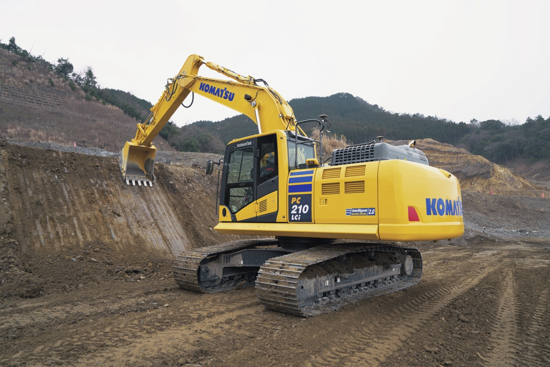
Can you dig a pond with a bulldozer?
I had to take a course in Florida before I could get my contractors license. The instructor had been involved in the construction business for years and he told us that he had never seen anyone dig a pond with a bulldozer. I didn’t believe him and said so. The other students laughed. The instructor challenged me to dig one. He said if I could dig a pond with a bulldozer, he would give me an A on the final exam.
My father owned an excavating company, so I grew up around heavy equipment. We had done some pond digging on our own properties and we’d also done some small ponds for friends and family members. But a large commercial style pond was something else altogether.
We agreed that the pond should be at least 100 feet long and 50 feet wide. The depth could vary depending on where it was dug, but there should be at least 5 feet of water at the deepest point. And he insisted that the dirt hauled away had to be no more than one foot deep throughout the entire process except at the edges where they met up with existing ground level.
Can you dig a pond with a shovel?
The answer is yes, you can dig a pond with a shovel. I’ve done it. But before you decide to pick up a shovel and start digging, think about whether or not that’s the best way to go about it. You might have a small pond in mind—just a little thing for your backyard. If that’s the case, then you might be able to get by with a shovel. Anything larger than that, and you should probably consider using an excavator or backhoe.
I’m not saying this because I want to scare you away from doing things yourself. In fact, I’d say just the opposite: if you’re determined to do it yourself and willing to put in the work and time, go for it! The only reason I’m suggesting something else is because it will save you time—and probably money in the end.
In my experience, it took me three full days to dig out a 4-foot-deep hole by hand (and no, this was not for my own pond—I was helping a friend). It would have taken me two more days at least if we hadn’t rented an excavator for the final cleanup work at the end.
